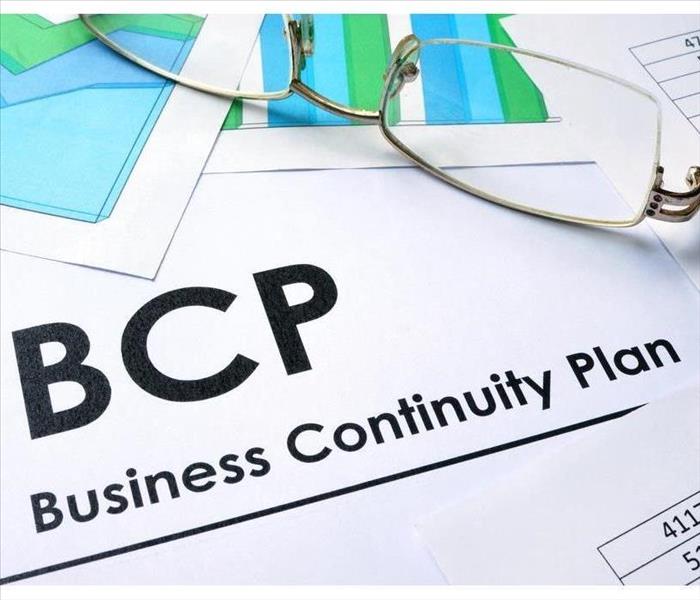Create a Continuity Plan for Your Business
4/9/2020 (Permalink)
When business operations are interrupted by weather events or other emergencies, your company in Prairie Village, KS can incur unforeseen expenses and reduced revenues. It’s important to be as prepared as possible so that your company and employees are protected. Creating a business continuity plan will help mitigate the costs in case of an emergency.
Create a Business Impact Study
The first step in developing a business continuity plan is to conduct a risk assessment. Include managers or other members from each department to complete the assessment. Risks to be considered include:
- Fires
- Storm damage events, such as flooding, tornadoes, and hurricanes
- Utility outages or cyber attack
- Hazardous material spills
- Supply chain interruptions
The risk assessment should also include the operational impact and financial consequence of each risk. Using a numerical formula to rate the impacts will identify those areas of highest concern.
Develop Strategies for Recovery
The next step is to identify the resources that will be needed to mitigate the recovery. Resources include:
- Employees who will help with the recovery, including what their role will be
- Technology, such as computers and software
- Office furniture and other equipment
- Inventory and production facilities
- Supply chain services
- Utilities
The recovery strategy must also include a gap analysis. This analysis will identify the gaps between the requirements needed for recovery and the adequacy of the current system.
Design a Plan
Once you have identified the risks and corresponding impacts, along with the resources needed for recovery, it’s time to develop the plan. Steps include:
- Assigning recovery teams
- Designing the framework for the plan, including relocation arrangements
- Writing procedures for continuity and disaster recovery
- Completing and approving the written plan
Test the Plan
In order for the plan to be successful in an actual emergency, it must be tested. Develop procedures for testing the system and conduct training with all employees.
Every business owner needs to be prepared in case of an emergency and a continuity plan will help to ease concerns.

 24/7 Emergency Service
24/7 Emergency Service
